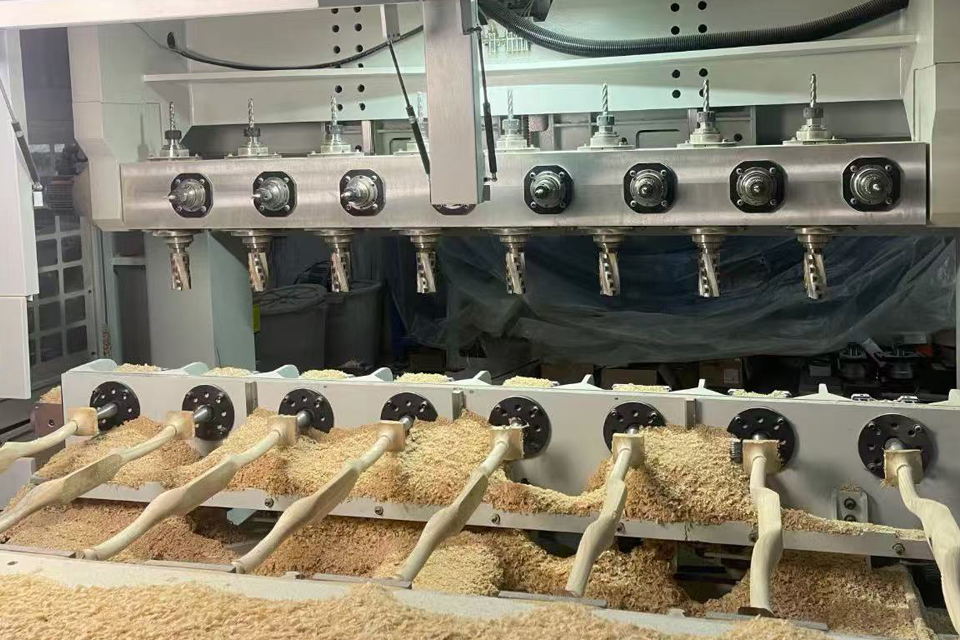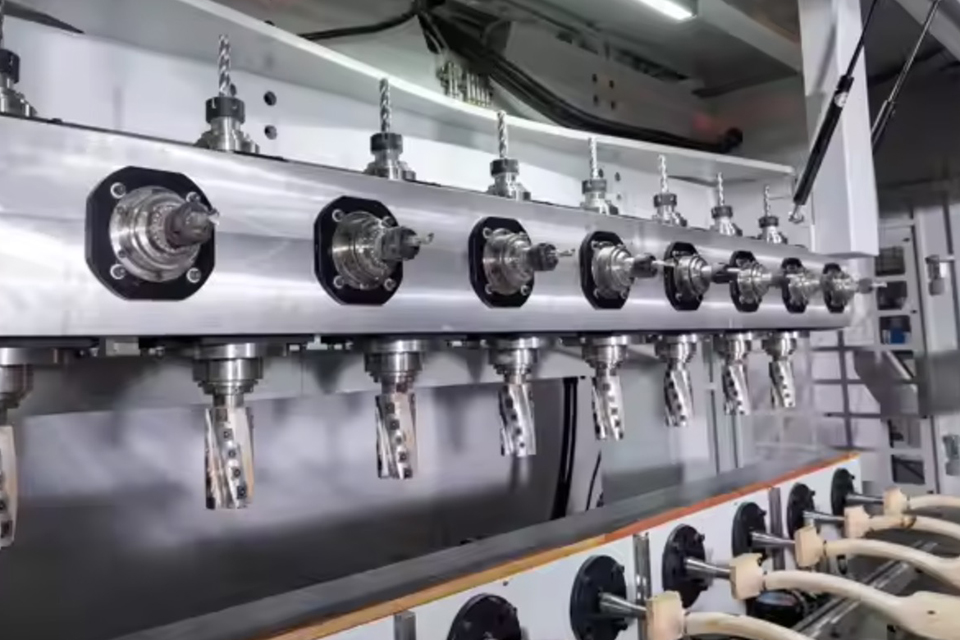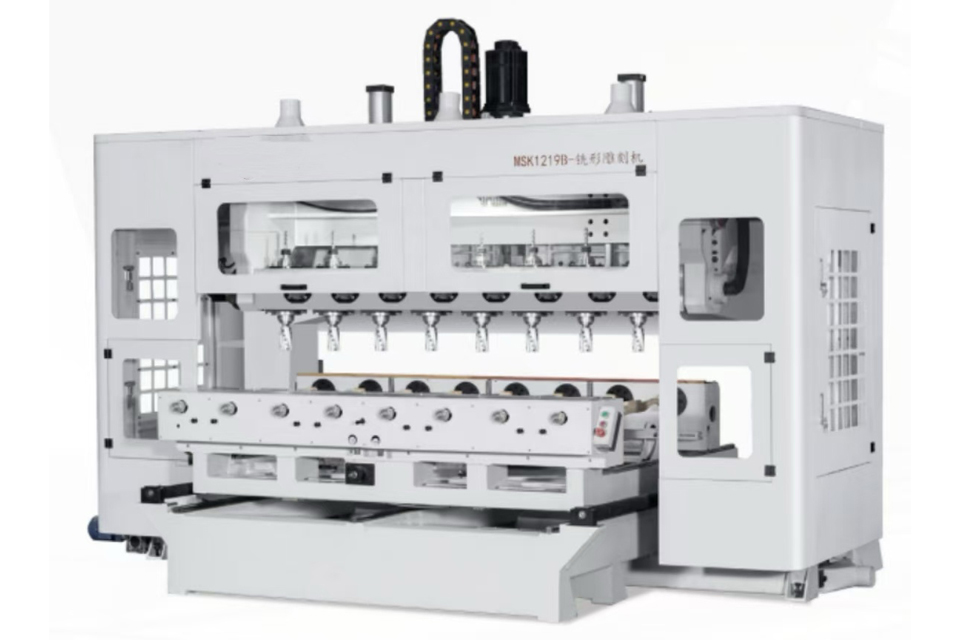Don't worry, contact your boss immediately


CNC routers, which utilize computer numerical control for precise machining, are essential tools in modern manufacturing and fabrication processes. The two primary types of CNC routers are 3-axis and 5-axis models, each designed for different levels of complexity in machining tasks. While 3-axis CNC routers are widely used for straightforward applications, their capability is limited to movement along three linear axes—X, Y, and Z—making them ideal for simpler projects such as sign making and basic cabinetry. In contrast, 5-axis CNC routers offer enhanced flexibility by incorporating two additional rotational axes, allowing for more intricate designs and complex geometries, essential for industries like aerospace and automotive manufacturing.
The choice between 3-axis and 5-axis CNC routers hinges on various factors, including the complexity of the parts being produced, budget constraints, and the skill level of the operators. 3-axis machines are typically more affordable and user-friendly, appealing to smaller shops and DIY enthusiasts. However, they may struggle with producing intricate components due to their limited movement capabilities. On the other hand, 5-axis machines, while more expensive and requiring skilled personnel, excel in precision and efficiency, capable of performing multiple machining operations without the need for manual repositioning.
Prominent debates surrounding the two types of CNC routers focus on cost versus capability. Many manufacturers weigh the initial investment of a 5-axis router against the potential for increased production efficiency and product quality. This discussion highlights the ongoing tension between budgetary constraints and the desire for advanced machining capabilities, particularly as the demand for complex designs in modern manufacturing continues to grow. Understanding these differences is crucial for shops looking to select the most suitable CNC router for their specific applications, ensuring they meet both current and future production needs.

3-axis CNC routers are among the most commonly used types of CNC machines, known for their ability to move along three primary axes: X (left to right), Y (front to back), and Z (up and down). This fundamental design allows for a range of applications, from machining simple shapes to creating complex prototypes, making them suitable for both professional manufacturers and DIY enthusiasts alike.
5-axis CNC routers are advanced machining tools that significantly enhance the capabilities of traditional 3-axis routers. By incorporating two additional rotational axes, these machines allow for unparalleled precision and flexibility, enabling operators to approach workpieces from virtually any angle. This capability is particularly advantageous for producing complex geometries and intricate designs, which are often required in industries such as aerospace, automotive, and industrial design.

CNC routers are essential tools in various manufacturing sectors, and understanding the differences between 3-axis and 5-axis routers is crucial for selecting the right machine for specific applications. While 3-axis CNC routers are widely used for straightforward tasks, 5-axis routers provide enhanced capabilities for complex designs.
3-axis CNC routers are the most common type, operating along three linear axes: X (left to right), Y (front to back), and Z (up and down). They are particularly efficient for simpler projects and tasks requiring repeated actions, such as cutting flat materials or making grooves. Their design is often simpler and more affordable, making them a popular choice for smaller shops and less complex projects. However, they are limited in their ability to create intricate three-dimensional shapes due to their restricted movement capabilities.
In contrast, 5-axis CNC routers incorporate two additional rotational axes, allowing the cutting tool to tilt and rotate in multiple directions. This capability enables the machining of complex contours, curves, and undercuts, significantly expanding the range of design possibilities. The added flexibility of 5-axis routers allows operators to approach the workpiece from various angles, reducing the need for manual repositioning and increasing production efficiency. While 5-axis machines are more expensive, their advantages in precision and the ability to perform multiple operations simultaneously make them a preferred choice for advanced manufacturing applications, such as aerospace components and high-precision parts.
Although 3-axis routers are sufficient for many basic applications, 5-axis routers offer considerable benefits, including faster processing times, improved surface finishes, and reduced error rates. The complexity of programming and operation in 5-axis routers does require more skilled personnel, but advancements in technology have made these machines easier to operate. Ultimately, the choice between 3-axis and 5-axis routers will depend on the specific requirements of the projects at hand, budget constraints, and the desired level of design intricacy.

When deciding between 3-axis and 5-axis CNC routers, several factors should be taken into account to ensure that the chosen machine aligns with the specific needs of the shop and the intended applications.
Budget is a critical factor when choosing between the two types of machines. 3-axis machines are typically more affordable, both in terms of initial investment and operational costs. They are simpler to program and require less specialized expertise, which can lead to lower labor costs. Conversely, 5-axis machines tend to be more expensive due to their advanced capabilities, making them a more considerable investment for shops aiming to produce complex parts.
The skill level of operators and programming capabilities is another factor to consider. Operating a 5-axis machine typically requires more training and expertise compared to a 3-axis machine. This need for skilled labor may influence the decision, especially for smaller shops with limited resources for training personnel.
One of the primary considerations is the complexity of the parts to be manufactured. 5-axis machines are ideal for creating intricate and geometrically complex components, as they can approach the workpiece from multiple angles in a single setup, reducing the need for manual repositioning. In contrast, 3-axis machines are generally sufficient for simpler parts, such as those requiring flat surfaces or straightforward geometries.
The efficiency of the production process should also be evaluated. 5-axis CNC machining enables single-step operations, which minimizes lead times and enhances overall efficiency by allowing for more precise and varied machining techniques without the need for multiple setups. On the other hand, while 3-axis machining can be quicker for simpler tasks, it may not provide the same level of time savings for complex parts.
Lastly, the physical space available for the machine and its technical requirements should be taken into account. 5-axis machines often have larger footprints and may require more extensive infrastructure support, such as power supply and ventilation. It is essential to ensure that the shop has adequate space and facilities to accommodate a more complex machine if choosing a 5-axis router.